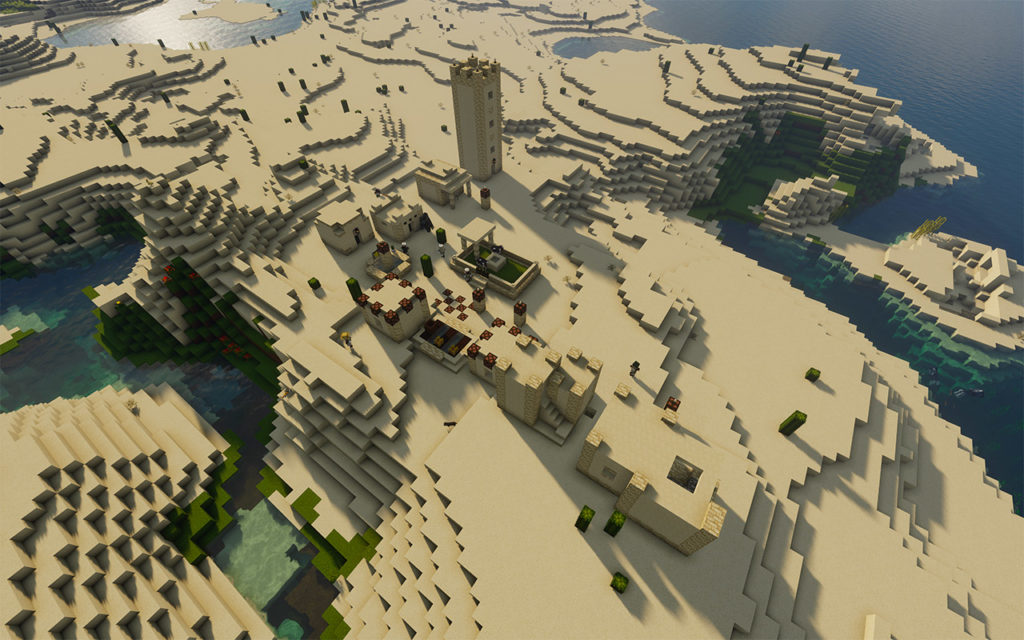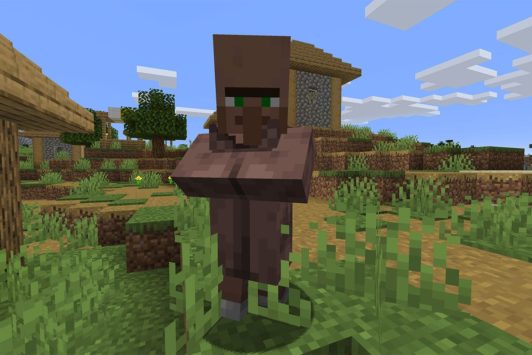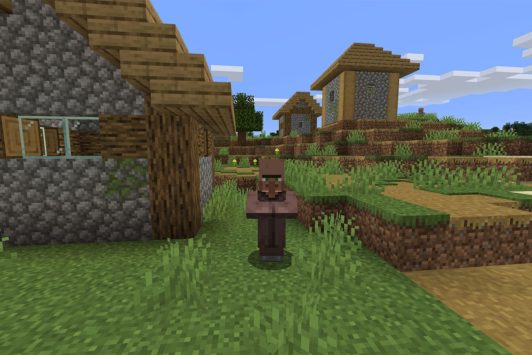Clicking on a villager can open up a GUI allowing a new player to trade with the villager. NBT data, nevertheless, is ignored, so the content material of a written book will not matter.
In Java Edition, your trades prize the participant with 3-6 experience, or 8-11 experience if the villager is in circumstances where it is ready to breed of dog. Trading a different give may activate an offer once again. This is especially true in Bedrock editions, except that one trades don’t reward any knowledge: the first-tier trades of a Farmer, the rotten flesh trade of a Cleric, the pork chop trade of a Butcher, or the string trade of a Fletcher. For instance, if a farmer villager includes a trade that is 8 pumpkins for 1 emerald, and a collection of 64 pumpkins is exchanged, this will count as 8 tries with each attempt having a 20% possibility to reactivate the villager’s trades. all shepherds will spawn with just two choices, buying wool and offering shears). When they do, they’ll receive Regeneration I and be encircled with purple and green contaminants for a couple seconds. After an give has been used 12 situations, it is guaranteed to end up being deactivated. The opportunity of an offer’s deactivation is certainly random, but an offer can be used at least two times before it is qualified to receive deactivation. When an give is disabled, a crimson X can look in the trading user interface, and it gets the same particle impact as an give being created. Each career includes a set sequence of tiers, and can only unlock a finite amount of offers.

Different careers are designated to each villager, and so are viewable in the trading GUI. They are able to unlock new tiers when a preexisting give is traded. Each tier contains a defined group of trade presents, and the tiers will be the same for just about any given career ( start to see the chart below).
Any trade with a villager is guaranteed to reactivate available choices (and unlock a tier, if some haven’t yet been unlocked) the 1st time it is traded. For instance, brown-robed villagers could be fletchers or fishermen; e. On subsequent trades, it’ll only have a 20% potential for doing this, per trade. etc . blacksmiths could be armorers or weapon smiths; All presents involve emerald as a currency, plus some item pertinent to the villager’s profession. Every villager spawns with tier 1 of their given profession, which range from 2-4 preliminary unlocked trades (i. Remember that the trading GUI should be shut before a villager will unlock a fresh tier.
Villagers will deactivate an give if the offer offers been used some amount of situations. It is certainly also the only legitimate approach to obtaining bottles o’ enchanting in Survival setting.
Villagers will distinguish between harm values, so different shades of wool cannot replace light wool, charcoal can’t be traded instead of coal, and damaged equipment cannot be traded instead of fully repaired equipment. Villagers will make offers predicated on their profession and profession, and can only make trades predicated on what offers that they’re making. Different offers could be seen by pressing the still left and correct buttons next to the presently displayed offer. Trading enables the acquisition of odd products.

